A Short History of Kriya Yoga Meditation
Kriya Yoga is mentioned in a number of Vedic texts, most often by referencing part of the technique. Specifically, the interested reader is referred to two Vedic texts: Patanjali’s Sutras and the Bhagavad Gita.
These texts were originally composed in Sanskrit. In early days we did not have printing presses. Because of this, Sanskrit stanzas are highly compressed making it relatively easier to memorize or commit to parchment by hand. The compression together with the nature of the subject make it difficult to decipher the true meaning. However as a person deepens his or her meditation, true understanding slips out from in between the words and lines.
In addition to Vedic texts, we also have mythology. Mythological tales are an easier, but less precise way for societies to preserve and communicate spiritual knowledge. Some dismiss it as fantasy. But often historical events are interwoven with spiritual truths. For example in the epic Mahabharata, the blind king Dhritarashtra represents the blind mind. Our mind is constantly preoccupied with data feeds from the five senses and it’s own machinations. It is therefore blind to the nature of true existence, hence the “blind king/mind”. Thus the mythological tale of the Mahabharata is symbolic of our internal Mahabharata.
Each sentient self-aware being carries within it the complete blueprint for spirituality. All that is required is the right practice and the urge, will, discipline to practice. In this sense, Kriya is as old as the very first breath.
Beyond India and Vedic scripts, there are symbolic references in all the major traditions, in paintings, descriptions, sculpture and religious practice. During learning and practice we do not refer to these however. First of all there are too many and secondly, students of Kriya discover these for themselves as they progress in their practice. These intermediate “aha” moments are necessary validation that they are on the right track, but they are not necessary for learning and practice. Were they to be described, then the future “aha” moment could be contaminated by doubts – “did I make this connection because I heard about it? or did I imagine it?”.
In the last couple of hundred years, the teaching of Kriya Yoga Meditation has been revitalized and made available outside India through the efforts of realized Yogi’s, Babaji, Lahiri Mahasaya, Sri Yukteswar and Paramahansa Yogananda.
Religion is based on rules and emotional belief. Kriya Yoga Meditation is not a religion, nor is it dependent on any religious belief. It is based on breath and demands unbiased practice. It does not care about one’s personal beliefs, sexual leanings, diet etc.
Like a lot of Vedic sciences e.g. Hatha Yoga, Ayurveda and Jyotish (Vedic astrology), Kriya is also well on its way to becoming commercialized and treated in a very superficial manner. Whilst the material benefits of practice are typically immediate, true spiritual realization and understanding takes life long practice. Prospective students are advised to use sound judgement and common sense when selecting a teacher!
Modern History of Kriya Yoga
In the 1900s, Kriya Yoga Meditation started to be made available outside India for the first time. The most famous Rishis /Sages in its propagation are:
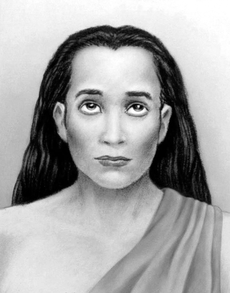
Babaji
It is said that Kriya Yoga in the 19th century was revitalized by an Himalayan Yogi known as Mahavatar Babaji Maharaj. Not much is known about Babaji. There are no records of his birth or of any normal human life. Lahiri Mahasaya (1828-1895), his chief disciple, has described how he met Babaji and how he was taught Kriya Yoga in 1861. Sri Yukteswar and Paramahansa Yogananda have also recounted their meetings with this rarefied and esoteric yogi!
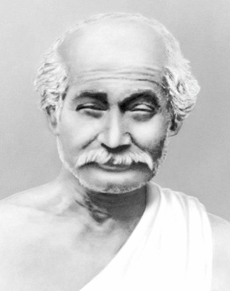
Lahiri Mahasaya (1828-1895)
The story of Lahiri Mahasaya’s meeting with Babaji is related in Paramahansa Yogananda’s book “Autobiography of a Yogi”. Lahiri Mahasaya obtained the ultimate state of realization through practicing Kriya Yoga. Lahiri was a married householder with sons and daughters. He worked as an accountant in the British Indian Civil Service until retirement. In parallel he taught Kriya Yoga to many people from all walks of life. He made no distinction between prince and pauper, nor between a Hindu or a non-Hindu.
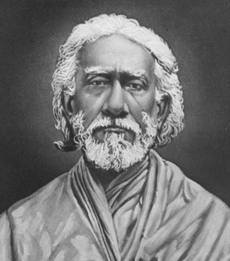
Swami Sri Yukteswarji (1855-1936)
One of Lahiri’s most accomplished disciples was Shri Yukteswar (1855-1936), also a married householder. Sri Yukteswar came from a wealthy land owning family. He was a great yogi and astrologer. He met his master, Lahiri in 1884 and like him, taught Kriya Yoga to anyone who showed motivation and had the discipline to practice. Amongst his brightest disciples, was Paramahansa Yogananda, author of the book “Autobiography of a Yogi”.
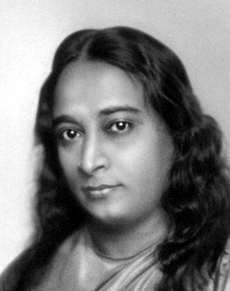
Swami Paramahansa Yogananda (1893 - 1952)
Paramahansa Yogananda moved to the United States in 1920 and was instrumental in spreading Kriya Yoga all over the world. He established the first centers of Kriya Yoga meditation outside India and taught thousands all over the world and especially in the USA. His autobiography has been in translated into at least 34 languages and continues to sell. The original 1946 edition is considered by many to be the most authentic and is available for free download as an ebook or as a pdf. Note that the ebook download will need to be unzipped before you can read it in your e-reader.
My Gurus
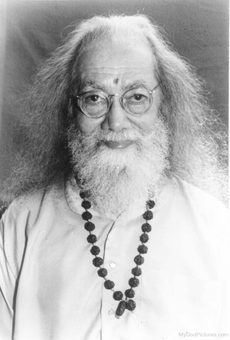
Swami Paramahansa Hariharananda Giri (1907 – 2002)
Swami Hariharananda Giri (1907 – 2002) was the principle teacher of my guru, Swami Shankarananda Giri.
Swami Hariharananda Giri, was highly realized. There are a number of videos of his talks and interviews on the web and these are worth watching.
Some time around 1996, Swami Shankarananda Giri, left Swami Hariharananda’s organisation and started teaching independently.
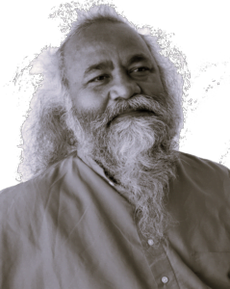
Swami Shankarananda Giri
I met Swamiji in 1987. Only when he taught me the Kriya Yoga Meditation technique did I realize that I had already been practicing the Hong Sa form of meditation for over a decade.
Swamiji was very fortunate to have had the widely respected Swami Hariharananda Giri as his teacher and guide. He has a rich, deep and intuitive understanding of spirituality, the scriptures, Vedic Cosmic astrology and Sanskrit.
Where I fit In...!
I stayed with Swami Shankarananda Giri for 30 years. During this time I practiced meditation very deeply and came to understand much about Vedic philosophy, spirituality, Sanskrit and the essentials of Sri Yukteswarji's Cosmic Astrology. I taught Kriya to many of Swamiji's students from all over the planet.
I worked with Swamiji to co-author “Kriya Yoga Darshan”, a 250 page book on spirituality and Kriya Yoga meditation as well as partially completed works on Patanjali's Yoga Sutras and the Bhagavad Gita.
By 2016, Swami Shankarananda Giri's organisation had grown to encompass four general education schools in as many cities in India, and three ashrams. The more we accumulate, the more time and energy we have to spend maintaining the same. And the less time there is to focus on meditation and writing books.
I found my energies and focus being diluted away from meditation. I also found myself at odds with how certain attitudes and behaviours were condoned. Consequently, I left my Guru's organisation in 2016.
Today, rather than pushing, I am now pulled by my inner self/prana.
After fifty years of practice, I teach and guide students in the same way as Lahiri Baba and Sri Yukteswar, validated by my own direct/unbiased experience, as opposed to just theoretical understanding.
I remain indebted to my Vedic cultural roots and especially the lineage for their teachings and guidance through Swamiji. It is a rare gift to have had the occasion to work with Swamiji, one-on-one for so many years whilst writing books, on retreats or just staying at his ashram.
